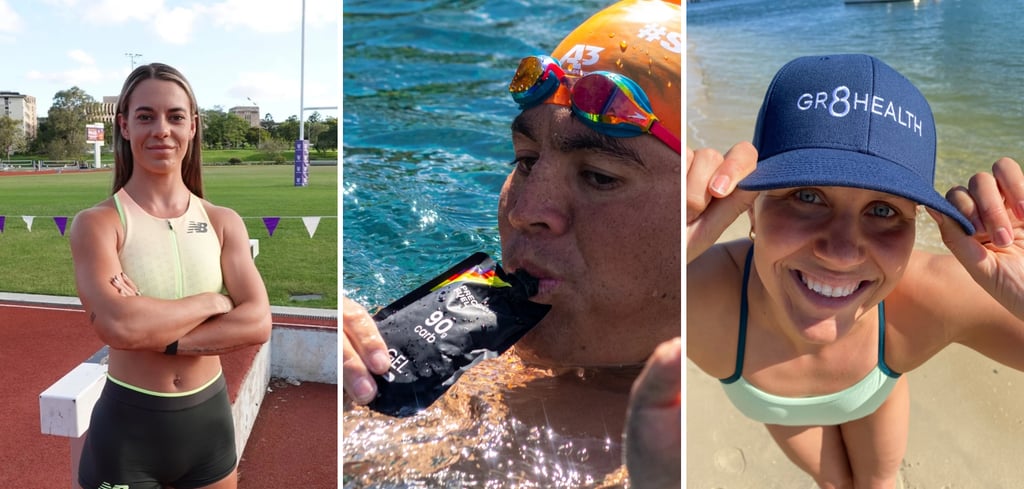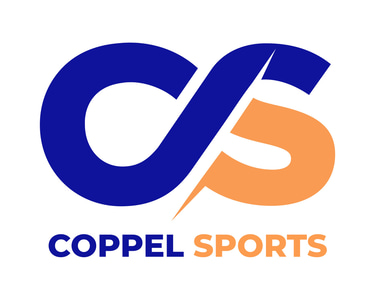The Power of Sponsorships
In Australia, sponsorships play a key role in helping athletes make it to, and stay at the top level. But its not just about athletes - sponsorships are a powerful two-way tool to help businesses too.
1/30/20252 min read


A big part of what an athlete manager does for athletes is help them attract and retain financial support. Athletes in Australia in ‘Tier-Two’ and ‘Tier-Three’ sports (everything except Aussie Rules, Rugby (League and Union), Cricket and Soccer), typically rely very heavily on two key sources of income:
Endorsements / Sponsorships / Donations
Employment away from sport
For those athletes, employment away from sport is always tricky - for those athletes who are at an elite level and need to continue to work away from sport and train and compete, there are a number of considerations.
Ideally, these athletes want a job that pays them well (obviously), is happy to be flexible about leave and work timing (so they can leave early / arrive late to manage training, and leave to compete and attend training camps and competition). Athletes also look for roles that don’t complicate their training and recovery (manual labour can present challenges for managing loads and fatigue - even though they often have good timing and flexibility). In a dream scenario, athletes want to take jobs that help them advance the careers they are thinking about after sport, or equip them with the skills to prepare for that second career.
The challenge is finding a job that ticks multiple of these boxes. All of them is a dream scenario - but the reality is that for most athletes, they are struggling to tick more than one box. Flexibility is great, but often prioritised over suitable physical demands, wages and career progression.
The Australian Sports Foundation conducted a survey of more than 600 elite Australian athletes in late 2023. 46% of the athletes reported that they earn less than $23,000 per year - the equivalent of $422/week ($77/week below the national poverty line). Those athletes averaged a loss of more than $12,000 per year from sport.
All of this is to say - it’s tough going for Australian athletes - especially in the ‘Tier-Two’ and ‘Tier-Three’ sports.
But it’s not all doom and gloom - there are trends that show that the tide is turning, but we are a long way from the point of missing the boat.
Investment in sport, and sport sponsorships has grown dramatically in the past few years, as athletes have become brand influencers, and have increased their ability to drive consumer behaviour.
According to a recent Nielsen survey, 81% of consumers see brand sponsorships for sporting event as a trusted advertising channel, and 67% of consumers consider brands that sponsor sporting events more attractive than their competitors.
And it doesn’t take much to make a big difference to an athlete. For the average elite Australian athlete, $8000 would cover travel and accomodation for competitions across a standard season, and $6000 would cover food and other nutrition costs.
The key takeaway - it doesn’t take the world. A small contribution like $5000 can make a significant difference to an athlete. $20,000 might get an athlete most of the way to the Olympics, even in 2025 - such is the impact it can have.
Which is simply to say, there is no reason for your business not to think about how much it could benefit from an athlete partnership, and don’t think you have to give away the farm to make a difference to an athlete either.
For more information about sport sponsorships, or to change the life of an athlete, get in touch!
SUBSCRIBE
Get these insights every week, straight to your inbox
About - Coppel Sports
ABN 89 351 198 453
Bondi NSW
Contact
dan@coppelsports.com.au
+61 439 263 221
Policies


